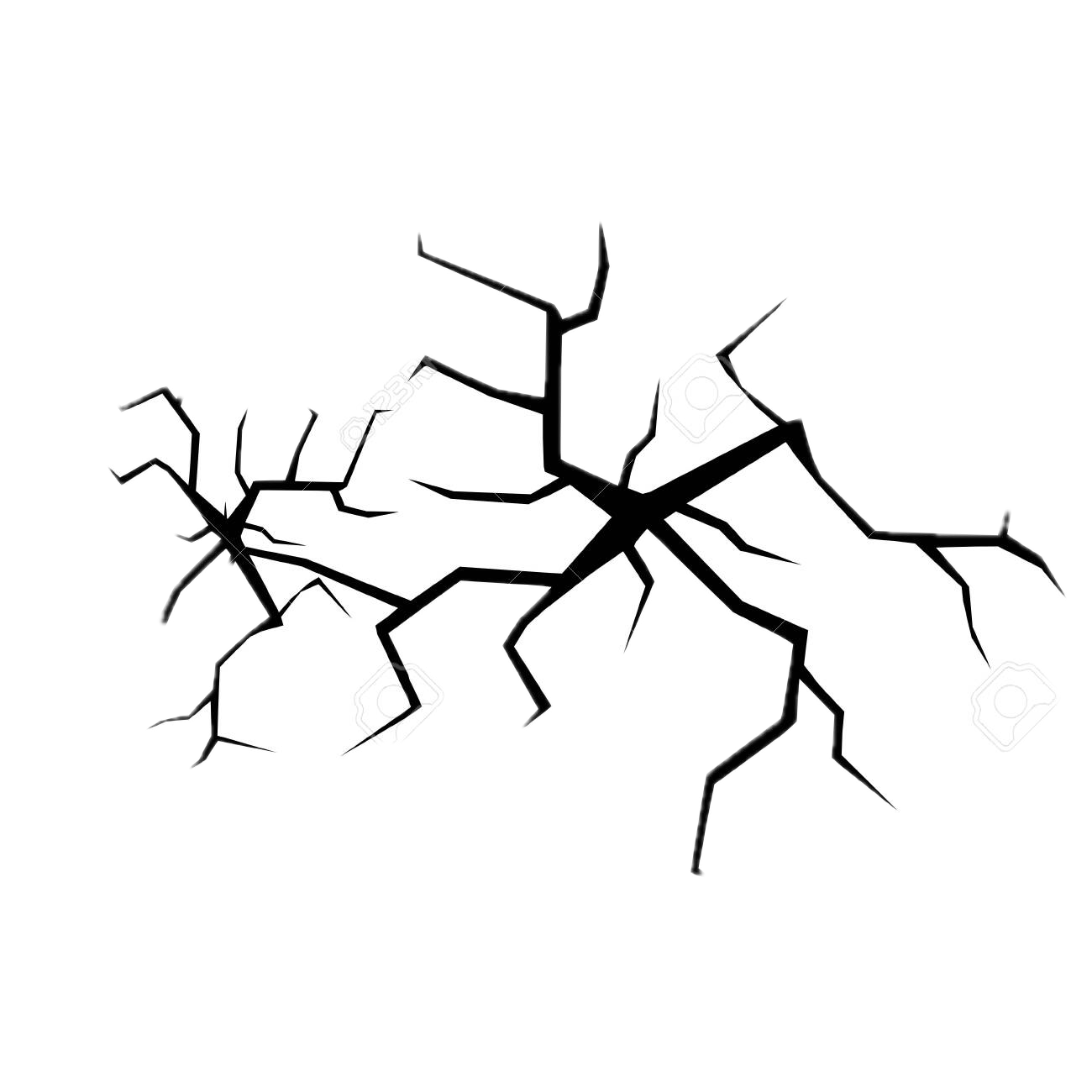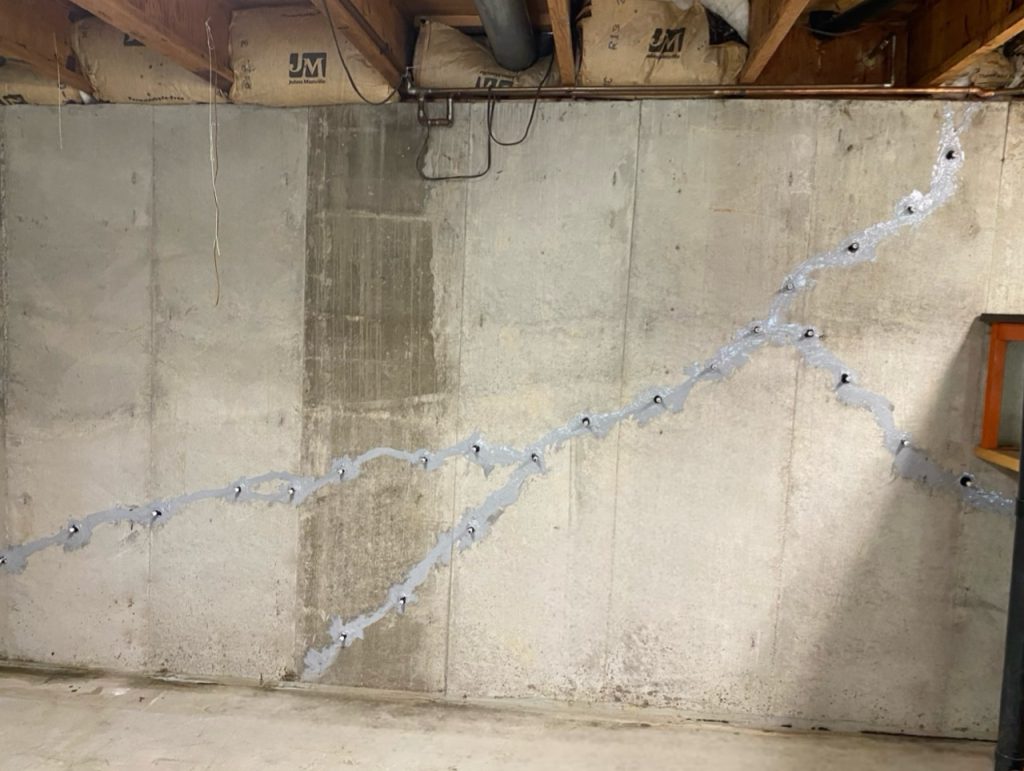Wall Cracks in Foundations: Causes, Risks, and Solutions
What Are Foundation Wall Cracks and Why Do They Matter?
Wall cracks in your foundation aren’t just cosmetic—they can be the first warning signs of structural problems. These cracks may start small but can lead to moisture intrusion, pest entry, or serious foundation instability if ignored. Whether you’re seeing vertical lines or spreading stair-step fractures, understanding what they mean is the first step toward protecting your home.

Structural Integrity:
Cracks can compromise the strength and stability of your home.
Water Intrusion:
Even minor cracks can allow moisture to seep in, leading to mold growth and interior damage.
Pest Entry:
Small openings can serve as entry points for insects and rodents.
What Causes Wall Cracks in Foundations?
Most wall cracks form because of pressure or movement around your foundation. Here’s what typically causes them:

Shifting Soil:
Expanding and contracting soil places pressure on your foundation, especially in areas with clay-heavy or moisture-sensitive earth.

Poor Drainage:
When water builds up around your home, it increases hydrostatic pressure on the walls—leading to cracks over time.

Seasonal Temperature Changes:
Concrete naturally expands and contracts. Without control joints or insulation, this movement can lead to cracking.

Weak or Improper Construction:
Poor concrete mix, curing mistakes, or a lack of reinforcement all create weak spots in your foundation walls.
Types of Foundation Wall Cracks
Different cracks mean different problems. Here’s how to read them.

Vertical Cracks:
Typically caused by natural settling. Often minor but should still be monitored.

Horizontal Cracks:
A more serious sign that the wall is bowing or under pressure from soil or water.

Diagonal Cracks:
Usually from uneven settling or shifting. May signal soil movement under part of the home.

Stair-Step Cracks:
Found in block or brick walls. These can indicate lateral movement and should be inspected immediately.
Signs You May Have Wall Cracks
You don’t have to see the crack to know there’s a problem.

Water in the Basement:
If you notice puddles, damp spots, or musty smells—water might be seeping through a wall crack.

Uneven or Sagging Floors:
Floor movement is often linked to structural shifts below or behind the walls.

Sticking Doors & Windows:
If frames don’t close easily anymore, the walls may be shifting around them.

Gaps Along Ceiling or Baseboards:
Visible separation could signal structural movement tied to foundation cracking.
What Happens If You Ignore It?
Wall cracks don’t wait — and they don’t fix themselves.

Worsening Structural Damage:
What starts as cosmetic can become a structural hazard over time.

Mold, Mildew & Air Leaks:
Moisture from cracks creates the perfect environment for indoor mold and allergens.

Lower Property Value:
Visible foundation damage can affect inspections, appraisals, and resale value.

Increased Pest Entry:
Rodents and insects love easy access. Even a small crack can be an open door.
How We Fix Wall Cracks
Custom solutions that stop the damage and stabilize your home.

Epoxy or Polyurethane Injection:
Fills and seals cracks from inside to stop water infiltration.

Carbon Fiber Reinforcement:
Lightweight but incredibly strong — this system stabilizes walls and prevents spreading.

Wall Anchors & Bracing Systems:
These counteract external pressure, straighten bowing walls, and prevent further shifting.

Exterior Waterproofing:
For long-term protection, we excavate around your home to seal and shield the foundation from moisture.

Maintain Gutters & Downspouts:
Clean and extend them to move water away from the base of your home.

Regrade Your Yard:
Make sure your lawn slopes away from your foundation—not toward it.

Avoid Large Trees Near Foundation:
Tree roots displace soil and create uneven pressure around your home.

Install Drainage Solutions:
French drains, sump pumps, and gravel trenches can all help keep water in check.
How to Prevent Future Cracks
Good drainage and smart landscaping go a long way.

FAQs That Get to the Bottom of Wall Cracks
Not necessarily—but they should never be ignored. Hairline vertical cracks are often from natural settling, but horizontal or widening cracks could signal structural failure. A free inspection will tell you what’s normal—and what’s not.
The most common causes include soil pressure, poor drainage, extreme weather cycles, or even poor construction. Often, it’s a mix of moisture and soil movement that puts stress on the concrete over time.
If the crack is widening, leaking, or spreading in a stair-step or horizontal pattern, it’s time to take action. Other signs include bowing walls, damp spots, or musty odors in your basement.
Yes—depending on the crack type, we use solutions like epoxy injection, carbon fiber reinforcement, or wall anchors to restore strength and stability. These aren't just patch jobs; they're long-term fixes.
Absolutely. Many basement moisture problems begin with wall cracks. Sealing them early helps keep your basement dry, healthy, and mold-free—especially when paired with proper drainage.
As soon as you see one. Early detection and repair are far less costly than waiting. Foundation cracks don’t go away on their own—and the longer they’re ignored, the more damage they can cause.
Homes Secured
Successful Projects
Years of Experience
Specialized Services
Trusted Locally. Built Personally.
Proudly serving Colorado with foundation solutions tailored to your home.
© 2025 The Foundation Guys. All Rights Reserved.
- Privacy Policy
- Terms & Conditions
- Accessibility

Book Your Appointment Today!
Complete this form to have a The Foundation Guys representative reach out to you today.
By clicking submit, you agree to receive marketing and informational calls and texts, including autodialed or prerecorded calls/texts, to the telephone numbers that you provide, including any mobile number, from or on behalf of The Foundation Guys. Consent is not a condition of purchase. Message and frequency may vary. Message and data rates may apply. Text HELP for help and STOP to unsubscribe. For more information, please review our Privacy Policy and Terms and Conditions.
